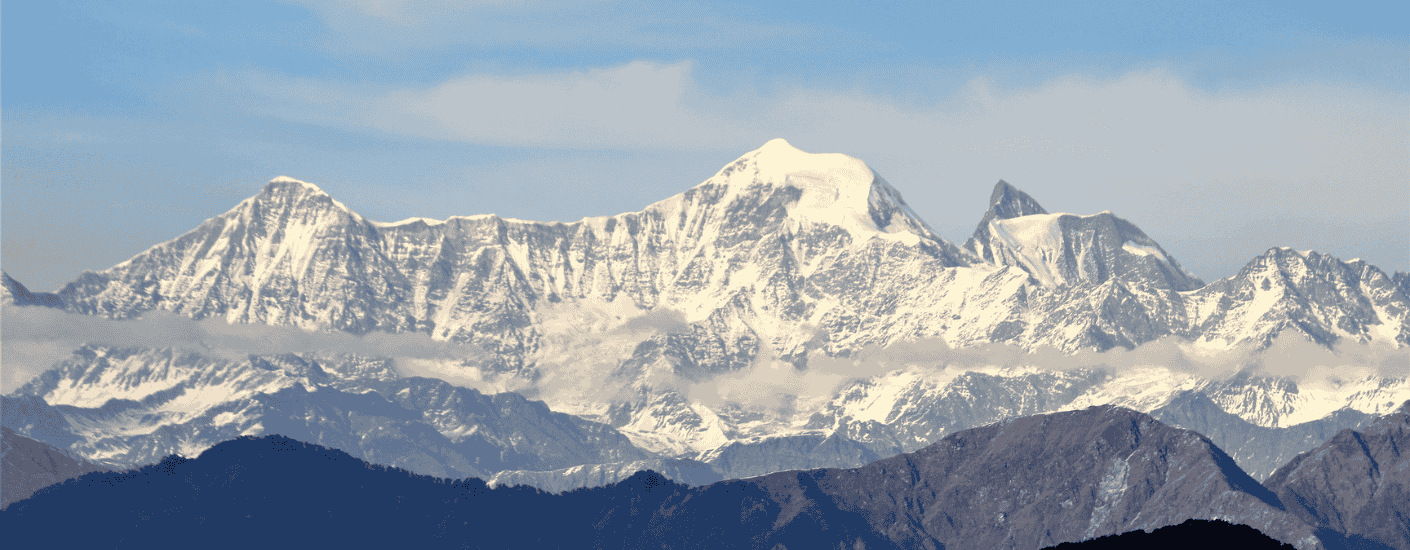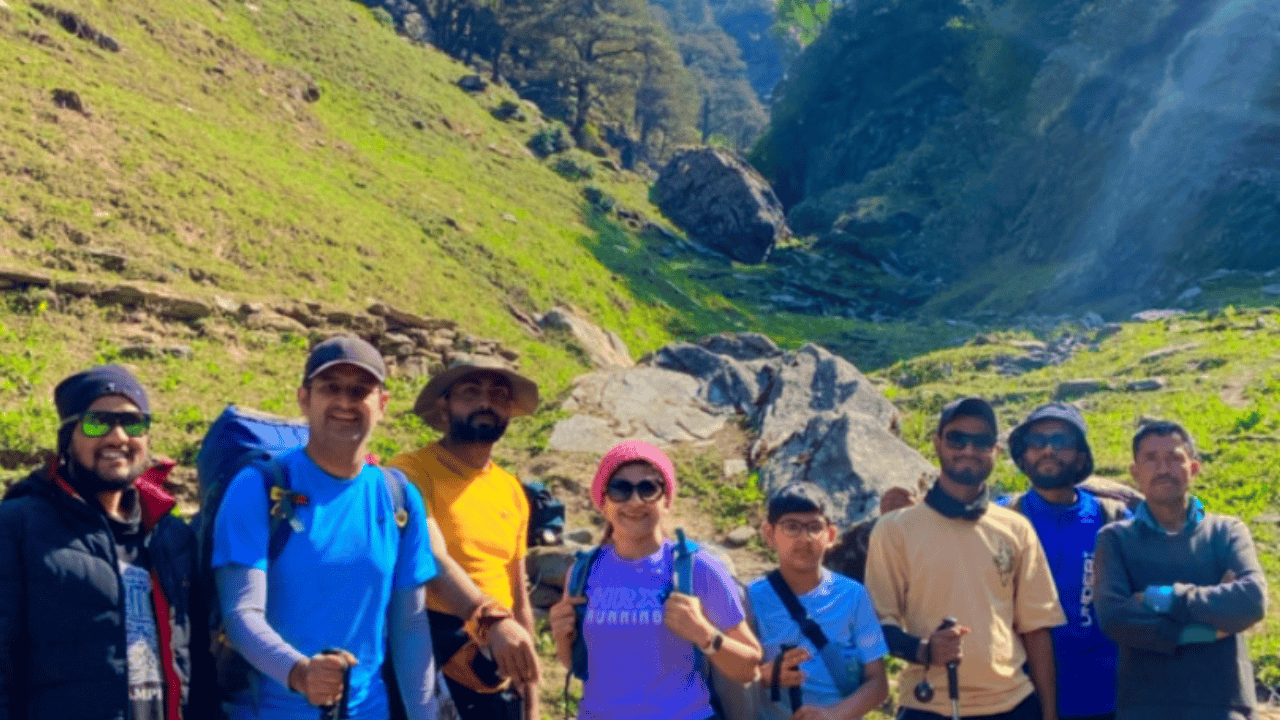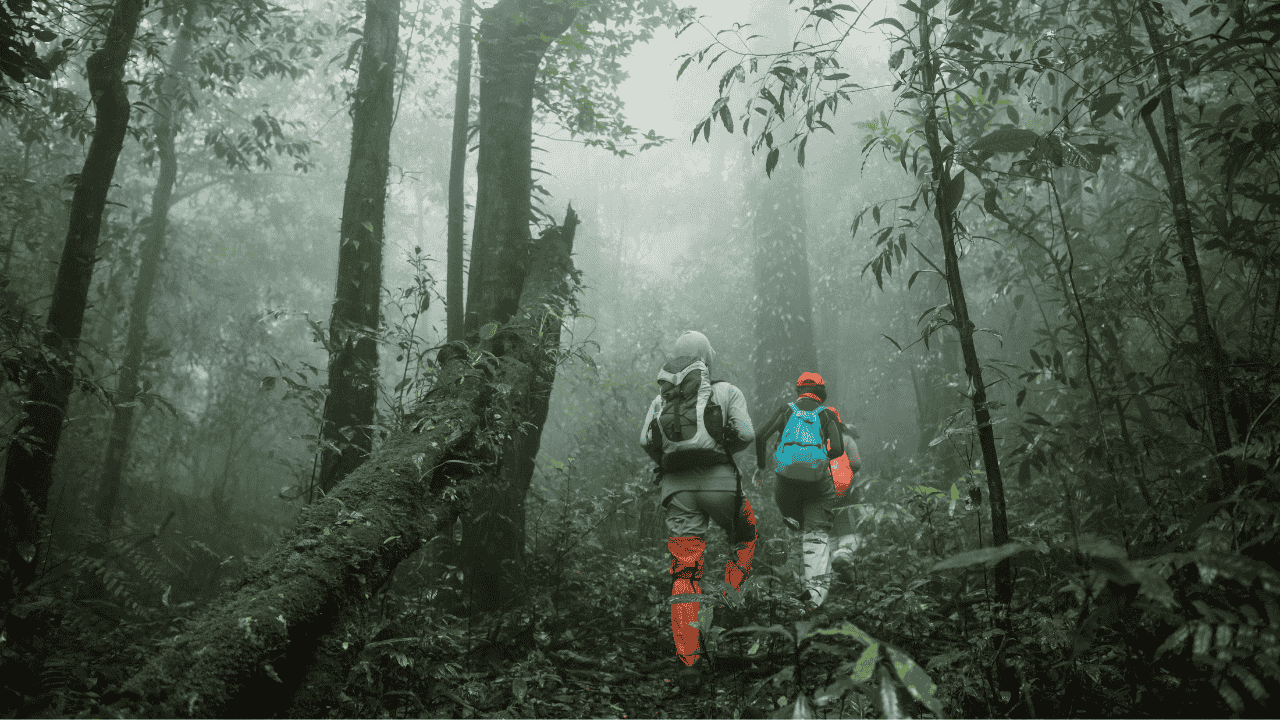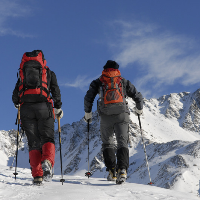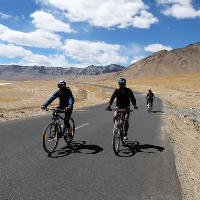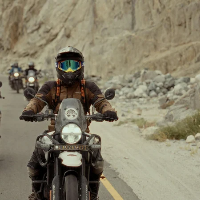Itinerary Description
The Dzongri La trek is an invigorating journey nestled in the pristine wilderness of Sikkim’s Eastern Himalayas. Offering breathtaking views of towering peaks like Kanchenjunga and Kabru, this moderately challenging trek spans diverse landscapes—from lush rhododendron forests and alpine meadows to rugged high-altitude passes. The trail immerses trekkers in the rich culture of local Lepcha and Bhutia communities, alongside encountering rare Himalayan flora and fauna. At approximately 4,360 meters, Dzongri La Pass rewards adventurers with panoramic vistas that capture the grandeur of the Kanchenjunga massif and surrounding Himalayan giants. Perfect for those seeking a blend of natural beauty, cultural depth, and high-altitude trekking thrills, the Dzongri La trek promises an unforgettable Himalayan experience.
Short Itinerary
Siliguri to Yuksom (1720 mts) 150 km drive (7 to 8 hours)
Yuksom (1720 mts) to Sachen (2195 mts) 7.5 km (5 to 5.5 hours)
Sachen (2638 mts) to Tshoka (2900 mts) 6.5 km (5 to 5.5 hours)
Tshoka (2900 mts) to Dzongri (3970 mts) via Phedang 8.4 km (6 to 8 hours)
Dzongri (3970 mts) to Dzongri Top (4020 mts) and Back 2 km (2 to 3 hours)
Dzongri (3970 mts) to Tshoka (2900 mts) via Phedang 8.4 km (6 to 8 hours)
Tshoka (2,900 mts) to Yuksom (1720 mts) 13 km (6 to 7 hours)
Yuksom to Siliguri 150 km drive (7 to 8 hours)
Detailed Itinerary
Day 1
Siliguri to Yuksom (1720 mts) 150 km drive (7 to 8 hours)
The journey begins in the humid plains of Siliguri, departing early to witness the dramatic transformation as the road climbs into the Sikkimese Himalayas. The 150-kilometer drive follows the Teesta River through lush tea estates, with the air growing noticeably cooler as you ascend through tropical forests into temperate pine zones. A lunch stop at Jorethang offers your first taste of authentic Sikkimese cuisine – perhaps phing (glass noodle soup) and sel roti (rice doughnuts). The final approach to Yuksom winds through cardamom plantations, arriving at this historic village where Sikkim`s first king was crowned in 1642. In the evening you can go for a visit to the Norbugang Coronation Throne and Dubdi Monastery (Sikkim`s oldest), where the resident lama offers blessings for your journey. As darkness falls over this living heritage site, you feel the weight of history that makes this not just a trekking base but a spiritual gateway to the Kangchenjunga wilderness.
Day 2
Yuksom (1720 mts) to Sachen (2195 mts) 7.5 km (5 to 5.5 hours)
The trek proper begins with a ceremonial crossing of the Kanaka River, following ancient trade routes through dense subtropical forests. The trail climbs gently alongside the Rathong River, with your guide pointing out the remarkable biodiversity – orchids clinging to ancient oaks, troops of Assamese macaques in the canopy, and the occasional glimpse of the brilliant Himalayan monal pheasant. The forest tells stories of geological violence: massive boulders scattered through the valley testify to the 2011 earthquake that reshaped this landscape. At Sachen, you establish your first wilderness camp near a traditional wooden bridge, the sound of the river providing a constant soundtrack. The evening includes an introduction to Sikkim`s unique conservation ethos, learning how Buddhist principles have preserved this ecosystem while much of the Himalayas has been degraded.
Day 3
Sachen (2638 mts) to Tshoka (2900 mts) 6.5 km (5 to 5.5 hours)
Today`s climb reveals the forest`s dramatic transformation as you ascend into temperate zones. The trail passes through what locals call the “Rhododendron Cathedral” – a magical section where massive rhododendron trees form a continuous canopy, their branches draped with Spanish moss and orchids. In spring, this becomes a tunnel of crimson and pink blossoms. The steepest section, known locally as “Bhutneys Climb” after the mythical Himalayan yeti, tests your stamina before emerging at Tshoka. This abandoned Tibetan settlement tells a poignant story of cultural displacement – the stone foundations of homes and a crumbling monastery stand as silent witnesses to the community that once thrived here. Your camp overlooks the ruins, with Kangchenjunga now visible for the first time, its massive south face glowing in the evening light. The thinning air at 2,900 meters brings colder temperatures and your first real experience of high-altitude camping.
Day 4
Tshoka (2900 mts) to Dzongri (3970 mts) via Phedang 8.4 km (6 to 8 hours)
The day begins with a steep climb through dwarf rhododendron forests to Phedang, a vast meadow where Himalayan herders have grazed yaks for centuries. The air grows noticeably thinner as you ascend above 3,500 meters, with the vegetation transitioning to juniper and silver fir. The final pull to Dzongri represents the trek`s physical and spiritual climax – a series of switchbacks that emerge suddenly at the prayer-flag adorned Dzongri La. The view that unfolds is arguably one of the Himalayas` most spectacular: the entire Kangchenjunga massif rises like a frozen cathedral, with Pandim, Rathong, and Kabru peaks forming a semicircle of ice and rock. At 3,970 meters, the Dzongri campsite sits in a natural amphitheater surrounded by Himalayan giants. The evening is spent in silent awe as the sunset transforms the snow peaks from white to gold to deep crimson, the temperature plummeting as stars emerge in the thin, clear air.
Day 5
Dzongri (3970 mts) to Dzongri Top (4020 mts) and Back 2 km (2 to 3 hours)
A pre-dawn start brings you to Dzongri Top (4,020 meters) for one of the Himalayas` most legendary sunrise experiences. In the freezing darkness, you climb to this vantage point where 18 major peaks become visible as the first light strikes Kanchenjunga's summit. The spectacle unfolds gradually: the world’s third-highest mountain ignites in alpenglow while valleys remain shrouded in shadow, the Himalayan range stretching from Nepal to Bhutan. The return descent allows for a leisurely breakfast followed by an educational day learning about high-altitude ecology – how flora and fauna adapt to extreme conditions, the formation of the glaciers spread before you, and the conservation challenges facing this fragile ecosystem. The afternoon might include a visit to nearby meadows where blue sheep graze, or simply resting and absorbing the magnificent surroundings as your body adapts to the altitude.
Day 6
Dzongri (3970 mts) to Tshoka (2900 mts) via Phedang 8.4 km (6 to 8 hours)
The return journey reveals the landscape from new perspectives, with morning light illuminating details missed during your ascent. The descent through Phedang meadow feels noticeably easier as your body has adapted to the altitude, allowing you to appreciate the subtleties of the ecosystem transition. At Phedang, you might encounter Tibetan traders with yak caravans carrying supplies to high-altitude villages – a centuries-old tradition that continues despite modern alternatives. The final descent to Tshoka follows a different route through old-growth fir forests, their canopy so dense that little grows in the deep shade below. Arriving at Tshoka feels like returning to comparative luxury, with thicker air and warmer temperatures. The evening is spent reflecting on the high-altitude experience around a campfire, sharing stories of the mountain vistas that have transformed your understanding of Himalayan scale.
Day 7
Tshoka (2,900 mts) to Yuksom (1720 mts) 13 km (6 to 7 hours)
The final trekking day follows the familiar route but with a different rhythm – your body now conditioned to mountain walking, your perception deepened by days in the high wilderness. Familiar landmarks now tell stories: the rock where you rested on Day 2, the stream crossing that seemed challenging now feels simple, the forest that initially felt intimidating now seems like an old friend. The return to Yuksom brings a sense of accomplishment mixed with melancholy – the journey has transformed these mountains from postcard images to lived experience. A celebratory dinner in Yuksom features traditional Lepcha cuisine, with the village elders perhaps sharing stories of the first expeditions to Kangchenjunga and how their community has learned to balance tourism with cultural preservation.
Day 8
Yuksom to Siliguri 150 km drive (7 to 8 hours)
The drive back to Siliguri provides time for reflection as the landscape transforms from mountain wilderness to bustling plains. A farewell lunch at a riverside restaurant on the Teesta offers final moments to process the journey before returning to urban life. You carry back not just photographs of spectacular mountains, but a deeper understanding of Sikkim`s unique cultural and ecological tapestry – how Buddhist philosophy has preserved ecosystems, how ancient trails connect communities, and how the Kangchenjunga massif remains not just a physical presence but a spiritual entity in the lives of those who live in its shadow.
WHAT'S INCLUDED
- ●Meals during the trek (Starting Lunch on Day 2 till Lunch on Day 7)
- ●Forest Permits/Camping Charges , if any (Upto the amount charged for Indian nationals)
- ●2 Nights guest house stay in Yuksom on sharing basis
- ●Tents on twin sharing basis, Sleeping bags, mats
- ●Mountaineering course certified Trek Leader with First Aid certification
- ●Safety Equipment includes static rescue rope, seat harness, carabiners, pulleys
- ●Services of an experienced Trek guide, cook, helpers
- ●Porters or mules for carrying common supplies
WHAT'S NOT INCLUDED
- ●Meals during road journeys
- ●Transportation from Siliguri to Yuksom and back to Siliguri.
- ●Meals during Hotel/Guest House Stay
- ●Additional Forest/Camping charges for foreign nationals. Approx INR 5000/- to be paid extra by the foreign nationals.
- ●Cost of any kind of Insurance. Since insurance is mandatory, kindly get yourself insured from our partners ASC360 through www.asc360.com
- ●Any expense of personal nature
- ●Any expense not specified in the inclusion list.
Are you eligible for this adventure?
Annapurna Base Camp Trek takes you to a height of 4,130M and is rated a moderate level trek for its long trekking distances. For its elevation and distances, it is recommended for trekkers with some prior experience in the high-altitudes.
Grade
Moderate
Max Altitude
4360 mts
Distance
40 km

WMRS Level Required

Terrain

Prerequisite Skills

Fitness Benchmark
WMRS Level Required
WMRS 4
Annapurna Base Camp Trek is a level 4 adventure on the Bikat Rating Scale.
This makes it mandatory for you to have high-altitude experience of preferably multiple treks marked at level 3 on the WMRS. The altitude, the terrain, and the nature of the climb demand a certain level of endurance and a need for you to be aware of how your body reacts to the various features of the high-altitude environment.
If you do not know what level of WMRS trek would suit you best, worry not! Fill out this Form:
We will send you a progression chart to help you comfortably get out of your comfort zone in order to level up and ultimately reach your highest potential in the big, bad world of outdoor adventure.
Packing List
This is a list of essential items for individuals going on a trek with Wanderin’ Man Adventures. This list contains only those items which the participants are required to bring with them. The list excludes those items which are provided by Wanderin’ Man Adventures on the trek. We have divided the items into five categories. All the items in the list are essential except for those marked as optional.
🟩 Trekking Gear
- Rucksack bag with rain cover
- Day Pack Bag - Recommended for treks with summit day
- Head Torch with spare Batteries
- UV protection sunglasses
- Water Bottles - 2 bottles of 1 liter each
🟩 Footwear
- Non-skid, deep tread, high-ankle trekking shoes - 1
- Pair of light weight Slipper/Sandals for the campsite - 1
🟩 Clothing
- Quick Dry Warm lower or Track Pants - 2
- Full sleeves T-shirts/Sweatshirts (1 for every 2 days of trekking)
- Pair of thick woolen socks (1 pair for every two days of trekking)
- Thermal Body warmer Upper & Lower - 1
- Undergarments (1 for each day of the itinerary)
- Warm jacket closed at wrist & neck - 1
- Full sleeves sweater - 1
- Rain wear (Jacket & Pants) - 1
- Pair of water-proof, warm gloves - 1
- Woolen cap - 1
- Sun shielding Hat - 1
- Multipurpose Buff - 2
🟩 Toiletries
- Personal toiletries kit (Small Towel, Toilet paper, paper soap, Bar soap, toothbrush, toothpaste, cold cream, etc.)
- Sun screen lotion small pack (SPF 30 & Above) - 1
- Lip Balm small pack - 1
🟩 Utensils
- Small size, Lightweight & Leak proof lunch box - 1
- Plate - 1
- Spoon - 1
- Tea/Coffee (plastic) Mug - 1
🟩 Miscellaneous
- Camera (Optional)
- Carry your medicines in plenty in case you have any specific ailment. Consult your doctor before joining the trek.
- Dry fruits, Nuts, Chocolate bars (Optional)
Note-
- For long treks, please carry a spare sunglasses.
- For winter trek please try to carry a thermal water bottle.
- For long winter treks, please carry an extra pair of warm pants.
Frequently Asked Questions
Why Wanderin Man?
(SET- Safety, Expertise & Trust )

Safety
- ●Small Group Size in the ratio of 6:1 (participant to leader)
- ●No compromise on safety and sustainability promise
- ●Experienced and Certified Mountaineering Professional Leaders
- ●Region Mapped with Emergency Evacuation Plan
- ●Certified Standard Equipment by UIAA (International Climbing and Mountaineering Federation certification) & other Similar Bodies
- ●Minimized Risk Management Standard Operating Procedure are applied for every Trek and tour
- ●Certified First Aid Support and Doctors* with constant availability of Safety Equipments like Medical Kit, Rescue Kit
- ●Constant communication is aided with the help of Communication Devices
- ●Certified and registered Transporter for transportation purpose

Expertise
- ●Founders of the company have extensive experience of 15 years having organized approx 2000+ trekking, Expeditions and other adventure activities.
- ●Wanderin’ Man Adventures operating expeditions above 8000 mts.
- ●Under the umbrella of Wanderin’ Man Adventures 15 + adventure activities Programs have been organized
- ●Founders have mountaineering certifications from the esteemed mountaineering institutes of India.
- ●Team is composed of experienced mountaineers and trek leaders with thorough understanding of norms and procedures.

Trust
- ●Trust has been the hallmark of our company since its inception be it any program on the list.
- ●Special emphasis is laid on the use of standard procedures and equipments as per the mountaineering norms
- ●95% of our clients have availed our service on repeat basis.
- ●Our business has expanded primarily based on the “word of mouth” from our existing clients to new ones
What Our Customers Say
Cancellation Policy
Cash Refund (All events including Friendship Peak Expedition except other Mountaineering Expeditions) - Cash refunds are only available for bookings made without any discounts, such as promotional codes or dynamic discounts. Additionally, cash refunds are not available for shifted batch bookings or if the booking status is "Booked". The amount of the refund will be determined based on the following guidelines:
Cancellations made up to 45 days before the departure date
Cancellations made up to 31 days before the departure date
Cancellations made between 30 and 21 days before the departure date
Cancellations made between 20 and 11 days before the departure date
Cancellations made less than 11 days before the departure date are not eligible for a cash refund.
Similar Adventures

Khopra Ridge Trek
Less popular, less crowded, more beautiful alternative to ABC
- Nepal
- 10 Days
- BRS 4
- 4767 m

Tarsar Marsar Trek
A Shorter and Easier Alternative to the Kashmir Great Lakes Trek
- Kashmir
- 7 Days
- BRS 4
- 4024 m

Hampta Pass Trek
An Enchanting Cross-Over from Manali to Spiti
- Himachal
- 5 Days
- BRS 4
- 4200 m
 Max Participants :
15
Max Participants :
15
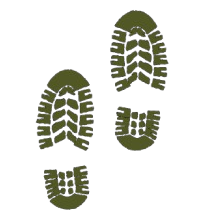 Trail Type :
Starting and ending at the same point
Trail Type :
Starting and ending at the same point
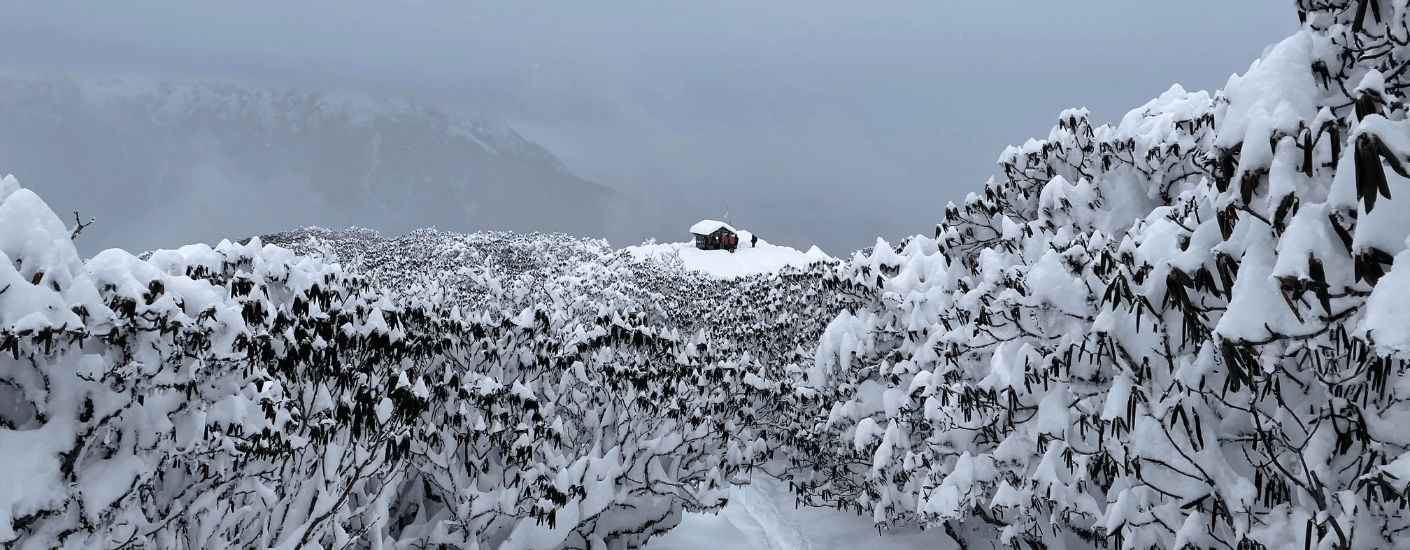

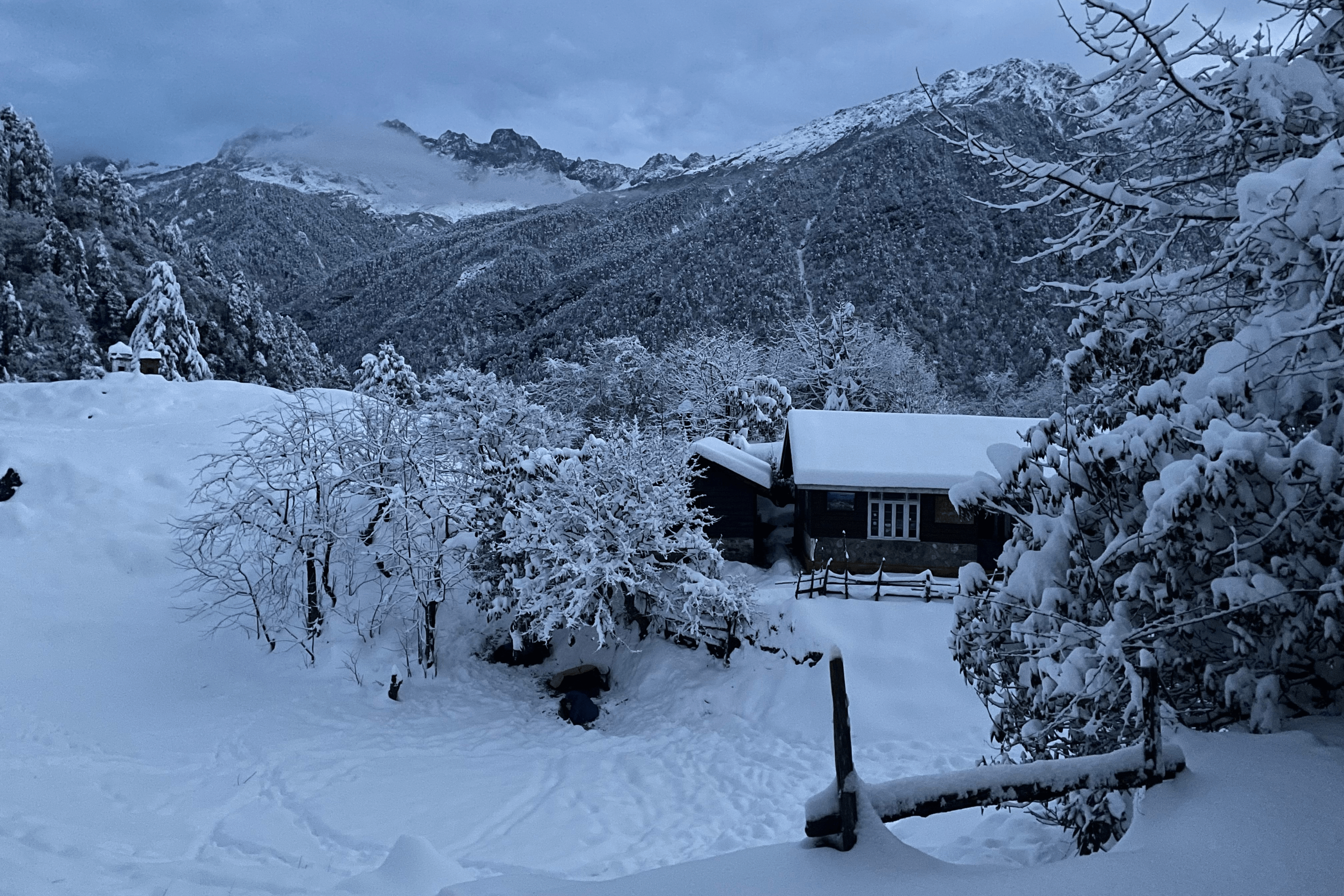
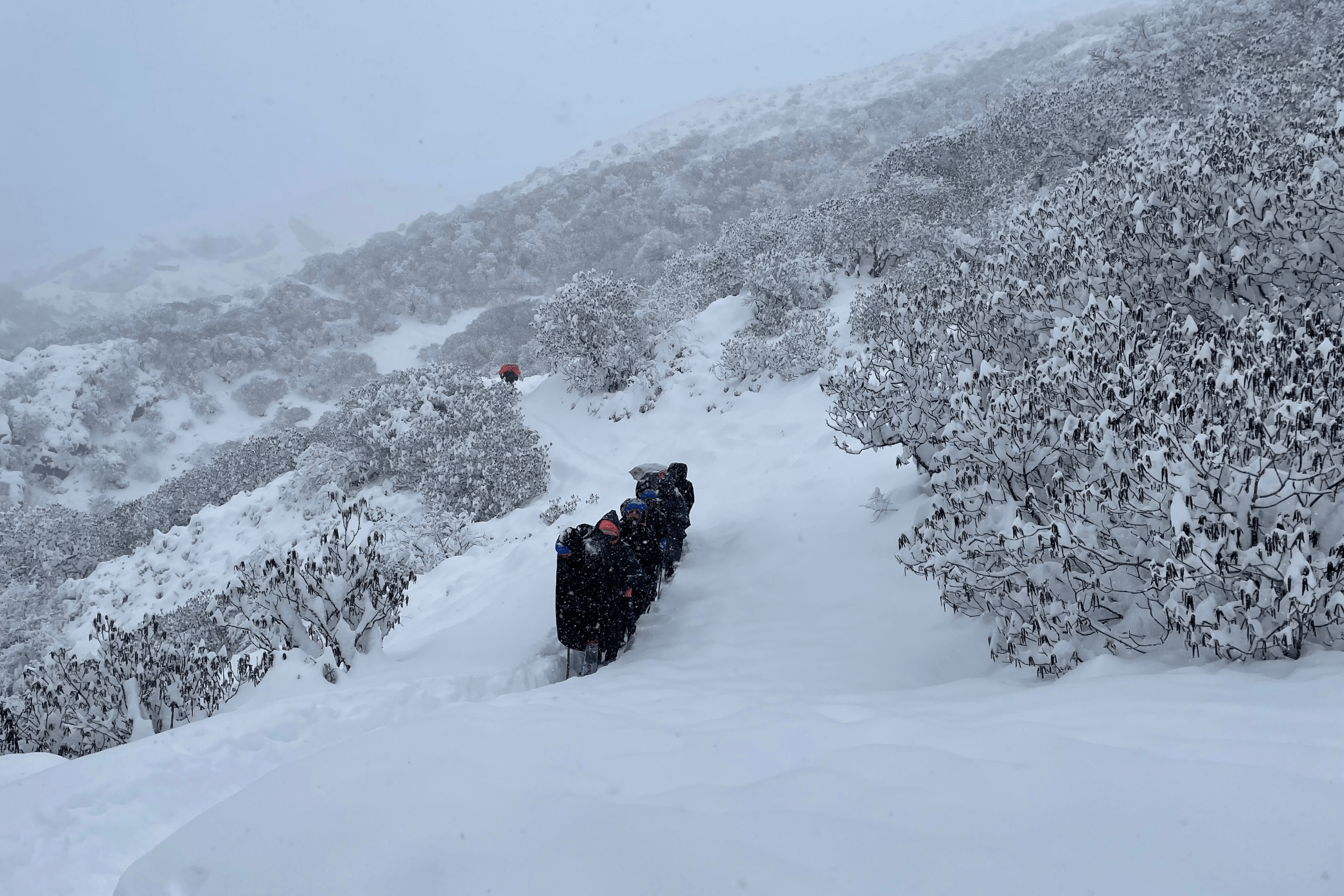
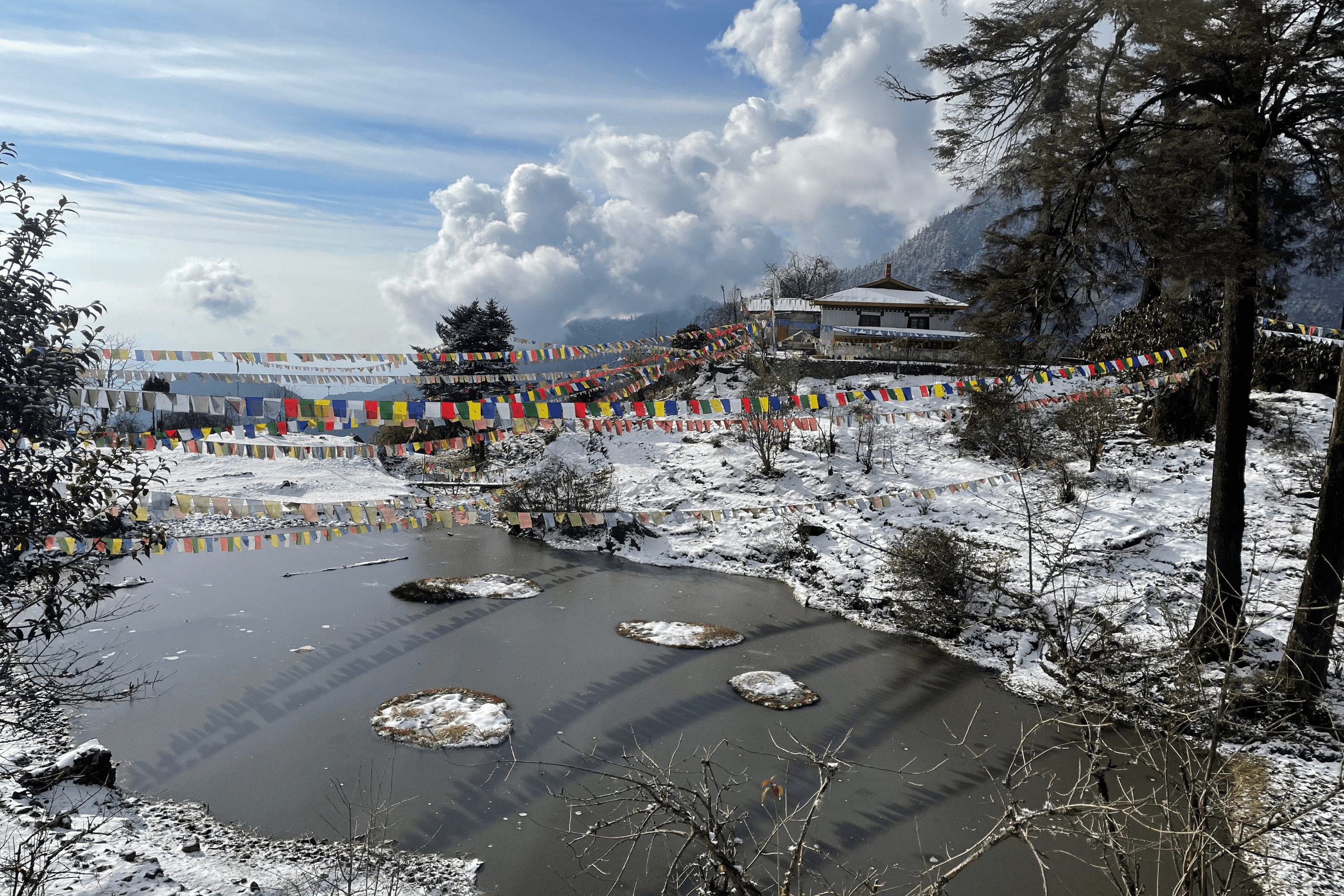
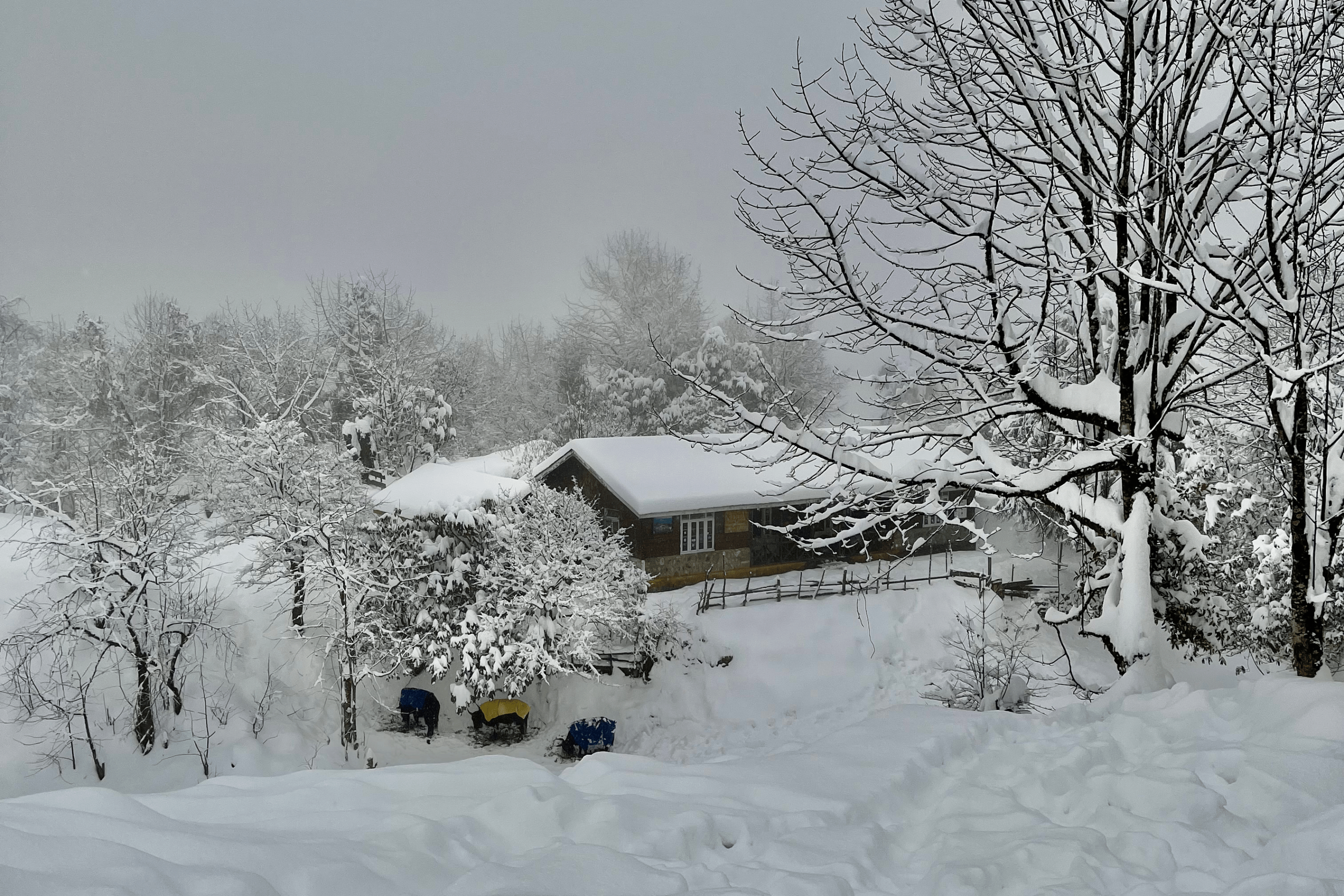
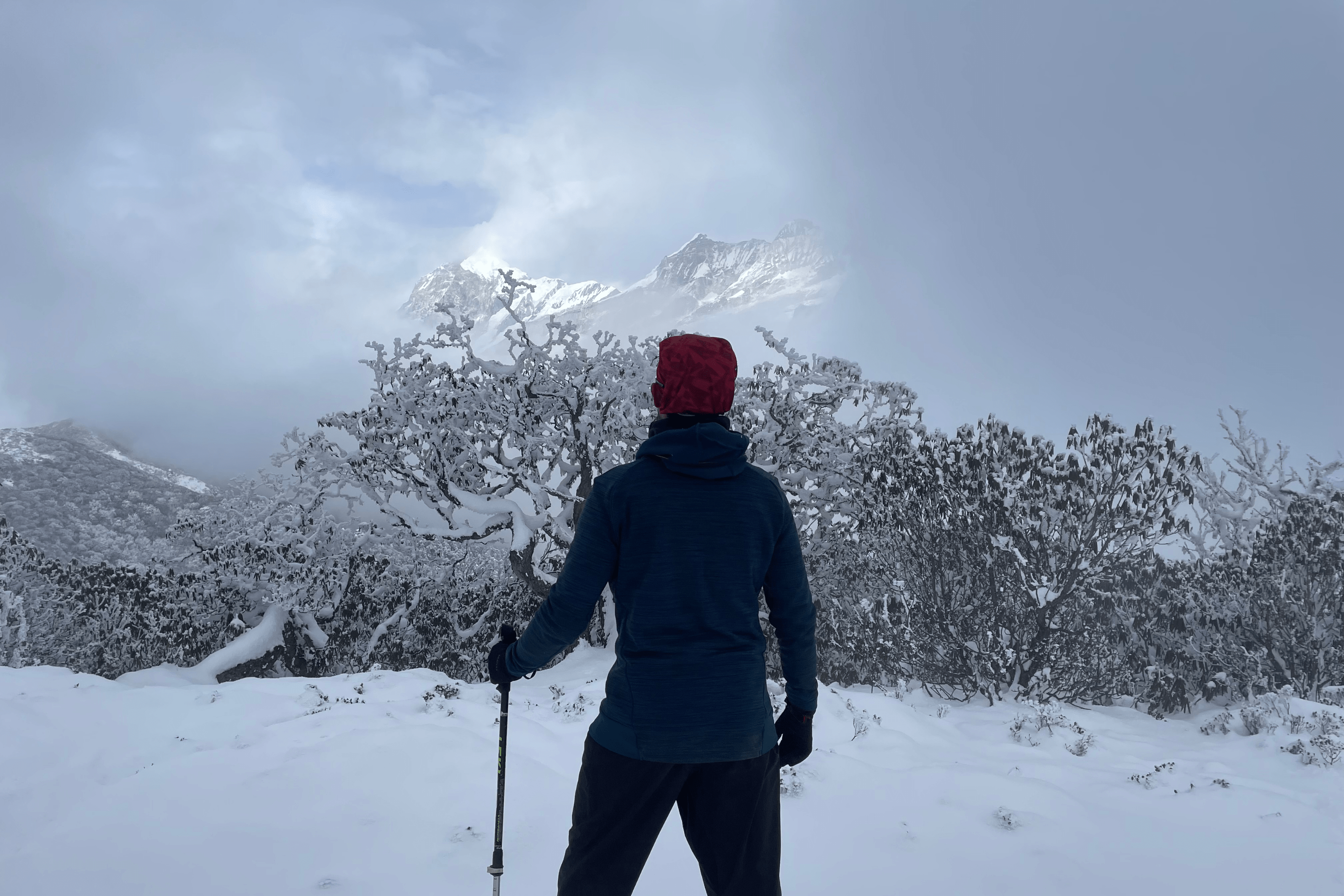




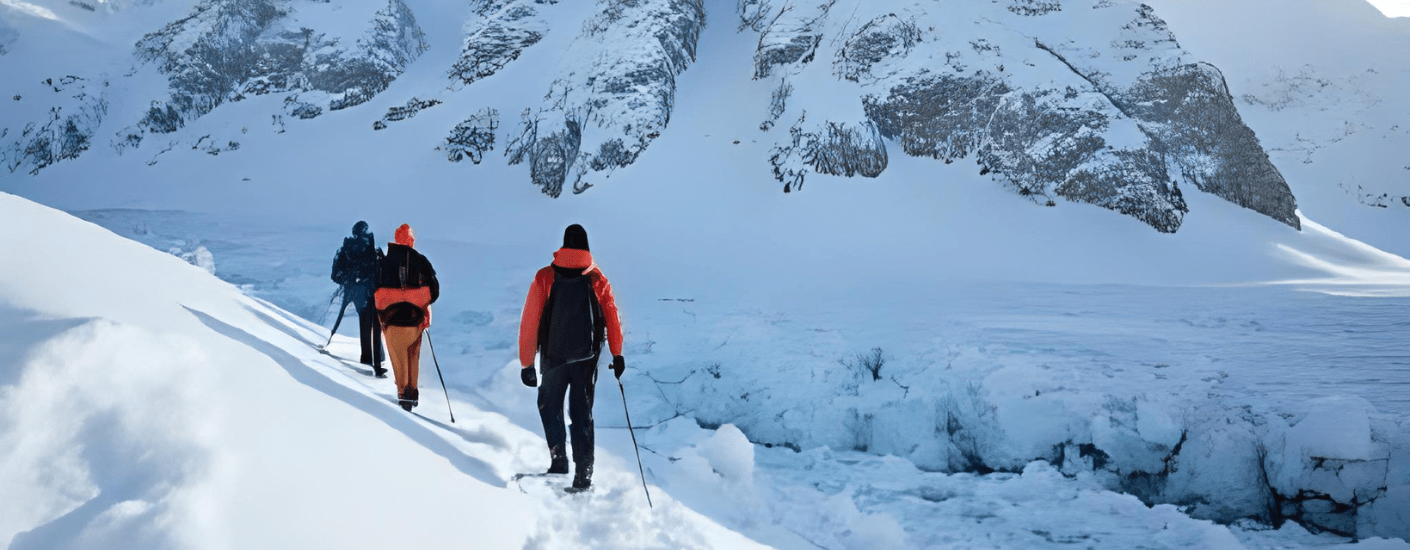

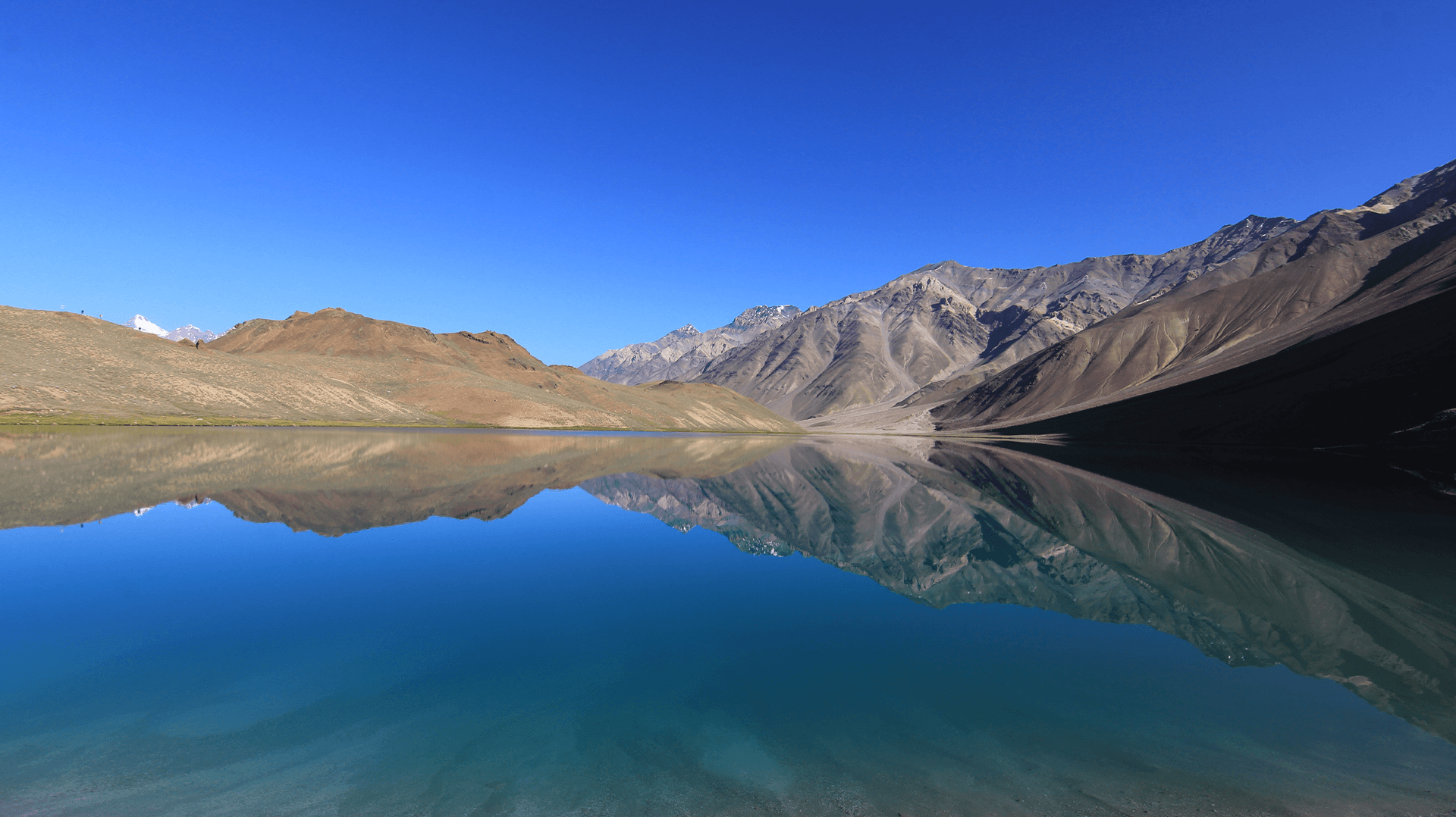
.png)

